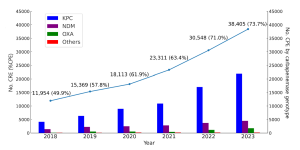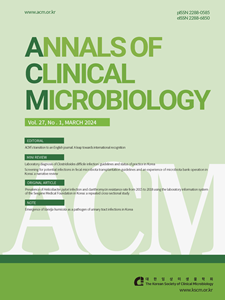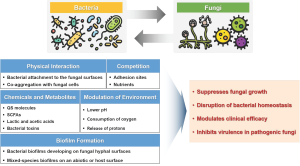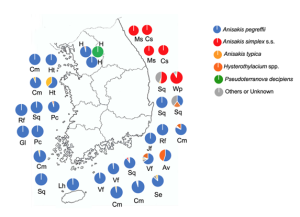
A multicenter study on antimicrobial resistance in bloodstream pathogens isolated in Korea: a survey study
Original article Jung-ah Kim1*, Sae Am Song2*, Sunjoo Kim3, Sunggyun Park4, Kwangsook Woo5, Yu Kyung Kim6 1Department of Laboratory Medicine, Soonchunhyang University Seoul Hospital, Seoul, Korea2Department of Laboratory Medicine, Inje University College of Medicine, Busan, Korea3Department of Laboratory Medicine, Gyeongsang National University College of Medicine, Jinju, Korea.4Departments of Laboratory Medicine, Keimyung University School of Medicine, Daegu, Korea5Department of Laboratory Medicine, Dong-A University College of Medicine, Busan, Korea6Department of Clinical Pathology, School of Medicine, Kyungpook National University, Daegu, Korea *These authors contributed equally to this work. Correspondence to Sunjoo Kim, E-mail: sjkim8239@hanmail.net Ann Clin Microbiol 2025;28(2):10. https://doi.org/10.5145/ACM.2025.28.2.4Received on 30 May 2025, Revised on 12 June 2025, Accepted on 12 June 2025, Published on 27 June 2025.Copyright © Korean Society of Clinical Microbiology.This is an Open Access article which is freely available under the Creative Commons Attribution-NonCommercial-NoDerivatives 4.0 International License (CC BY-NC-ND) (https://creativecommons.org/licenses/by-nc-nd/4.0/). Abstract Background: Bacterial antimicrobial resistance (AMR) is a major




